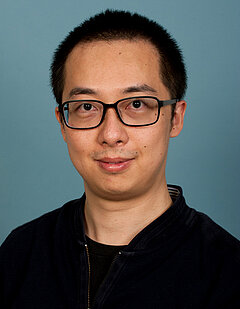Ammonia decomposition represents a critical pathway for hydrogen production, particularly in the pursuit of carbon-free energy carriers. This presentation investigates the surface nitrogen dynamics of bimetallic Fe–Co catalysts during ammonia decomposition, employing operando ambient pressure X-ray spectroscopy. By examining the catalysts under reaction conditions and benchmarking against the Fe-only reference, we trace the evolution of nitrogen species and their interactions with the catalyst surface. Notably, the two catalysts exhibit distinct nitrogen surface behaviours, reflecting differences in adsorption, transformation, and desorption pathways. The study reveals a synergistic interplay between iron and cobalt that promotes nitrogen desorption and clarifies the mechanistic roles of surface-bound intermediates. These findings not only illuminate the specific contributions of Fe and Co to the reaction pathway but also underscore the value of operando techniques in capturing transient surface phenomena. Ultimately, this work informs the rational design of efficient, non-noble metal catalysts for sustainable hydrogen generation.
Biography:

Dr. Liqun Kang is a postdoctoral researcher in the Department of Inorganic Spectroscopy, led by Prof. Serena DeBeer, at the Max Planck Institute for Chemical Energy Conversion (MPI-CEC) in Mülheim an der Ruhr, Germany. He obtained his BSc in Chemistry from Peking University in 2016 and his PhD in Chemical Engineering from University College London (UCL) in 2021, under the supervision of Dr. Feng Ryan Wang and Prof. Andrew Beale. From 2023 to 2024, he was supported by a postdoctoral fellowship from the Alexander von Humboldt Foundation. Dr. Kang’s research focuses on the mechanistic understanding of heterogeneous catalysis and electrocatalysis, with an emphasis on advanced X-ray spectroscopic techniques such as XAS, XES, XPS, and STXM. His work combines experimental investigations with in situ/operando methodologies at major synchrotron and XFEL facilitie, including Diamond Light Source, SOLEIL, ESRF, BESSY II, PETRA III, SLS, ALBA, SPring-8, and EuXFEL. His collaborative research spans catalysis, energy materials, and inorganic chemistry. He has published over 60 papers in leading journals such as Nature Communications and Angewandte Chemie.




